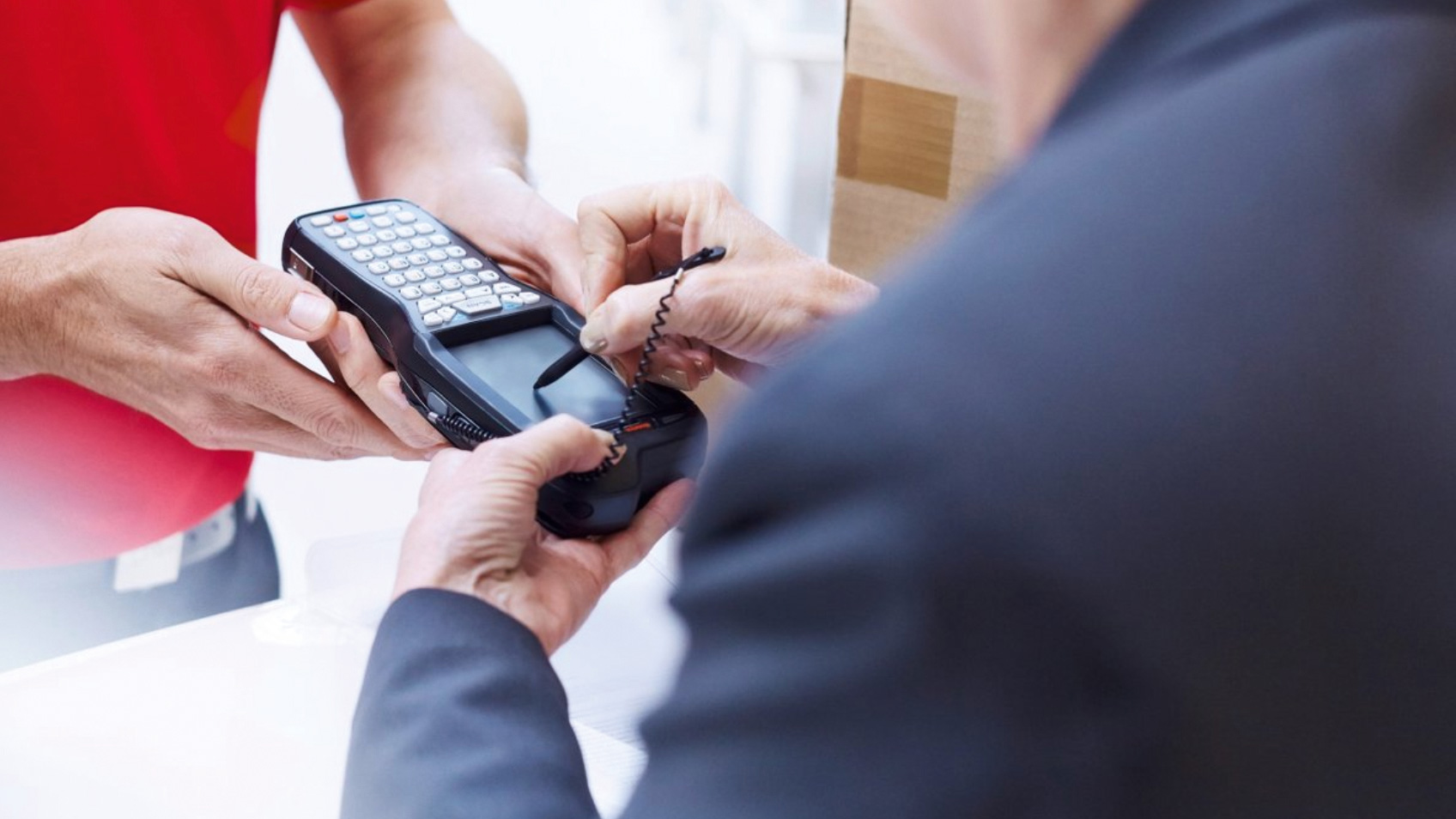State-funded project "VanAssist": autonomous vans relieve pressure on parcel couriers
Intelligent Assistant for Couriers
The parcel and goods logistics sector is booming, thanks above all to online retail trading. That means a lot of work for the delivery agents. But today they spend most of their time in traffic jams and in the depot, with little scope for customer contact. The funded project “VanAssist” is developing an intelligent system for autonomous, remotely monitored vans in parcel logistics in order to optimize the delivery process. IAV is responsible for localization and for the high-precision maps.
Life isn’t easy for parcel couriers. Before they can actually start work, first thing in the morning they have to go to the depot, load their vehicle and then head off to their delivery area through the worst of the traffic. In the evening, the same happens in reverse: back to the depot, unload parcels that couldn’t be delivered and load new parcels in the vehicle. Parcel delivery staff spend about half their working hours on these tasks – time that they then don’t have for personal customer contact and actual deliveries.
The state-funded project “VanAssist” (interactive intelligent system for autonomous, remotely monitored vans in parcel logistics) aims to overcome these inefficient processes and give the couriers more time for the actual job. This is the basic idea: in the morning, an autonomous delivery van drives up to the loading bay in the parcel service depot and is loaded by a logistics employee, who knows the planned route. With the assistance of an app, he loads the parcels into the van in the right order. Once everything is loaded, the control center gives the signal to depart. The van leaves the depot, steers autonomously through the traffic and reaches the meeting point with the delivery agent, for instance at a ride-sharing car park near the delivery area. The courier gains access to the van with his smartphone and sets off to the customer’s address. He can either steer the vehicle himself or let the autonomous technology do the driving.

Permanently learning system
The delivery sequence is planned in the background, taking account of the current traffic situation (such as congestion or road works) in addition to the street map. The system also integrates acquired knowledge, such as the accessibility of individual recipients. “The delivery agent can adjust the sequence according to his own experience”, explains Paul Czerwionka, IAV project manager for VanAssist and expert for maps. “Human knowledge is thus also integrated so that the system keeps learning all the time.”
At the moment, delivery vehicles often have to double-park because there is simply no alternative. The developers involved in VanAssist want to put an end to this. In future, the courier could unload three or four parcels, send the vehicle on to an official stopping point and make his way to the recipients. Indoor navigation helps him to find his customers even in larger buildings. Once the parcels are delivered, he sends a message to the van with his smartphone to meet up at an agreed ocation. This could be at the other end of a pedestrian zone to unload and deliver the next parcels.
In the evening, the delivery agent leaves the vehicle again at some point between the delivery area and the depot and sends the vehicle autonomously back to the logistics center. On reaching the depot, parcels that couldn’t be delivered are unloaded and replaced by new ones. The depot also has a service department for cleaning and maintaining the vehicles together with infrastructure for recharging the batteries. Next morning, the whole procedure starts again at the beginning.
Lidar sensors and cameras recognize landmarks
IAV’s role in the VanAssist project consists in localization and in producing high-precision maps. “GPS on its own isn’t enough because a higher level of precision is needed”, says Czerwionka. “And so we’re using lidar sensors and cameras for precision positioning down to the last ten centimeters.” Two lidar sensors (front and rear) and four cameras (in all four directions) register landmarks such as trees or road signs whose positions have been precisely defined in advance and entered in high-precision maps. The delivery vans detect when something has changed in the surroundings, such as a newly erected road sign, and update the map accordingly. If a vehicle is not able to drive autonomously anymore, the control center takes over and selects a driving maneuver from a predefined catalogue.
At the moment, the first prototype delivery van is being developed on the basis of a rolling chassis. By the end of the year, the VanAssist project partners aim to demonstrate the vehicle at a test track on the premises of Braunschweig University of Technology, showing that the technology works reliably and that the couriers really will notice a considerable relief.
«We want to build an autonomous vehicle that fits in perfectly with the delivery process»
— IAV project manager for VanAssist and expert for maps


